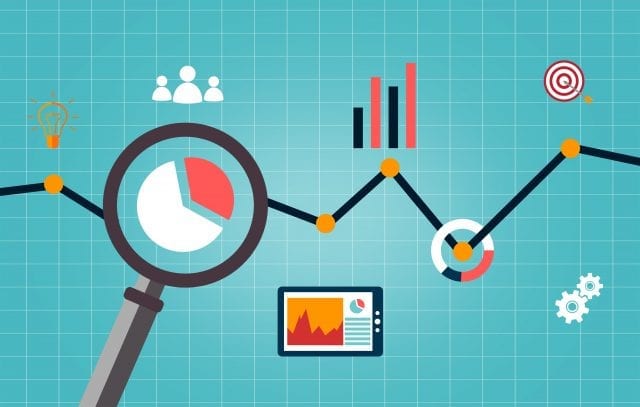
It’s hard to have a conversation about doing business these days without eventually bringing up the subject of data.
From big data to business intelligence and analytics, the amount of information that it’s possible for companies to sift through these days is absolutely insane. That said, the information empowers us to make business decisions with some much-needed peace of mind.
Think about it. Businesses can make predictions and projections like never before. Rather than go into campaigns or launches totally blind, data enables companies to understand the long-term implications of their decisions before they happen.
Of course, data doesn’t represent a crystal ball. Likewise, making well-informed decisions don’t happen by accident. Businesses need to not only gather data en masse, but also understand what constitutes “good” data for businesses in the first place.
Below we’ve broken down the qualities that make data valuable for businesses in addition to tools and ideas for making the most of your business’ information.

It’s Organized
As noted, we can gather a crazy amount of data and analytics from so many sources.
And as a result, it’s easy for all of that information to result in a jumbled mess if you aren’t careful.
Revenue figures. Website traffic. Marketing analytics. These data points only scratch the surface of what’s available to you and what can get lost in the shuffle.
To ensure that your metadata isn’t getting lost or important data points are falling by the wayside, services such as Unifi’s data catalog can be a game-changer. In short, such services make your data accessible and searchable to relevant members of your team. This can keep you from drowning in reports or waste time digging for valuable data.
It’s Actionable
What good is your data if you can’t act on it?

The purpose of looking at analytics and historical figures aren’t just for fun. Doing so can inform everything from your hiring strategy to marketing campaigns and beyond.
Gleaning actionable insights from data start by asking questions.
- “How can we improve our product?”
- “What are the common threads between are highest-traffic pages?”
- “Why is this ad’s click-through rate so high?”
These questions help put your data into context and likewise guide you in making data-driven decisions. Without context, your numbers are just, well, numbers.
It’s Easy to Understand
Let’s be real: data can be absolutely overwhelming.

Between jargon and the sheer amount of numbers you’re dealing with, it’s important to package your data in a way that can be easily understood.
That’s where your reporting comes into play. Just looking at some examples of data visualization, you can better understand the role of reporting in making data easy to digest. Instead of expecting people to sift through a spreadsheet, data visualization is what makes your analysis accessible.
And hey, that leads us to our next point!
It’s Shareable
Your data behind your business doesn’t happen in a vacuum, so don’t hoard your data or keep it behind lock and key. It’s critical to share your reports with your team members so they understand where your business is going and where it’s been.

Whether it’s data as a team engagement tool or sharing reports during meetings, think of sharing your data as squeezing more out of your reporting efforts.
After all, it takes time and resources to conduct analysis. Sharing the results of your analysis educates and empowers your team to do better work, and also makes them feel more engaged with your company at large.
It’s Time-Sensitive
Timeliness counts when it comes to your data. For example, if you were looking to run an ad campaign next month, you’d want to look at your most recent campaign performance versus what you were doing, say, two years ago.
On a related note, it’s important for businesses to gather data and create reports on a consistent basis. Doing so clues you in on anomalies and potential problems before they spiral out of control. The more frequently you analyze your data, the better the pulse you have on your business.

It Comes from Multiple Sources
Last but not least, businesses should gather data from multiple sources to make decisions as opposed to a single sample set. For example, businesses should analyze the behavior of all customers rather than one specific sample set.
And while the debate over sample sizes in data analysis is ongoing, conventional wisdom tells us analyzing a larger sample set helps reduce outliers.
Modern data enables businesses to make a myriad of decisions, granted you’re dealing with data the right way. Understanding these elements of your data can help you do exactly that as you look to translate your numbers into positive returns in the future.








